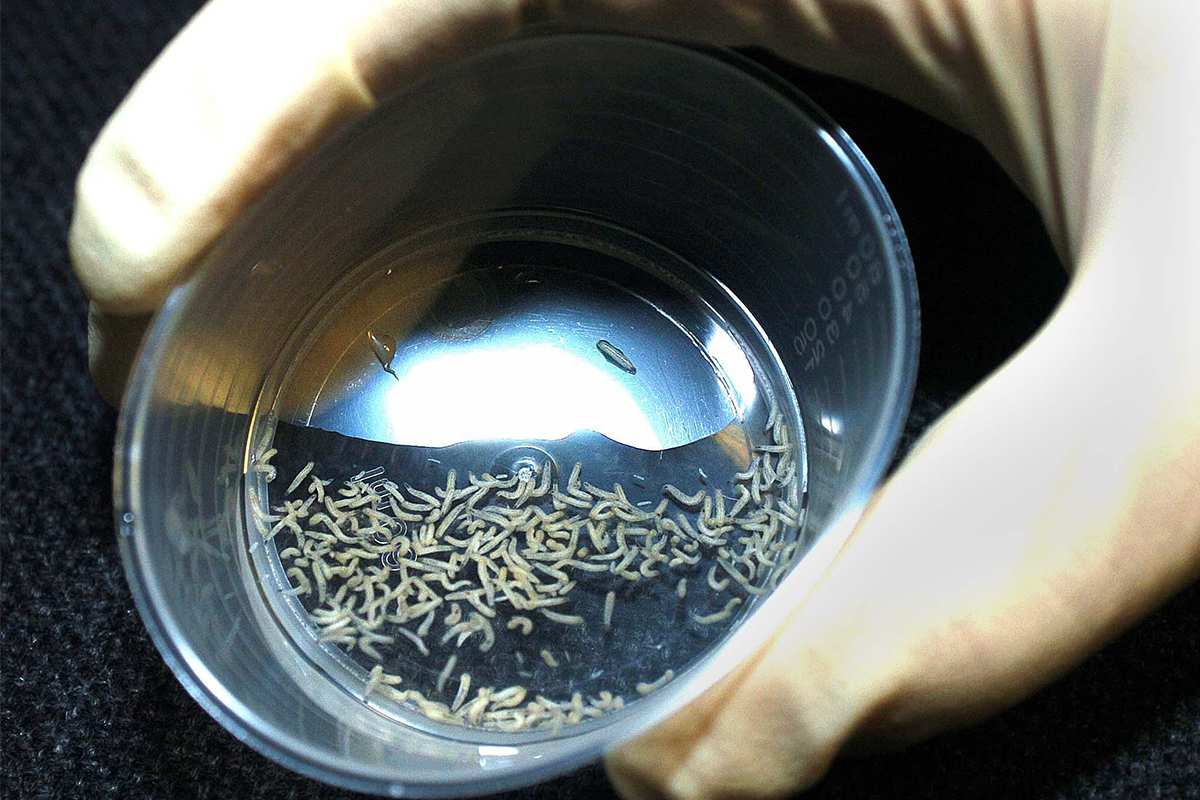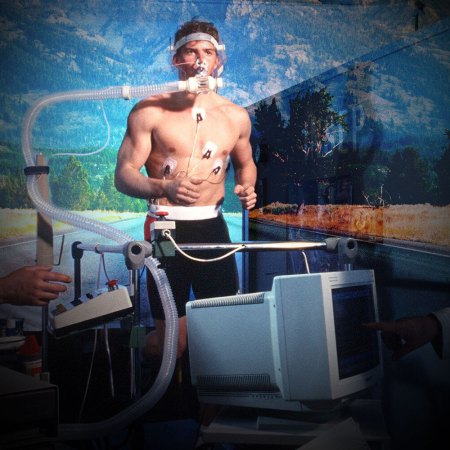There’s a scene in the movie Gladiator where Russell Crowe’s character keeps floating in and out of consciousness. He’s escaped his own execution, only to end up a captured slave, and there’s a deep, festering gash in his right shoulder. At one point, a fellow prisoner applies maggots to the wound. By the time he wakes up, it’s healed.
That entire sequence is an effective summary for our understanding of larval biotherapy. The idea of successfully dressing a lesion with worms feels fantastical, medieval and, most of all, disgusting. We can accept its presence in a bloody blockbuster about ancient Rome. We would never consider its utility in modern society.
And yet, as outlined in a recent profile by The Atlantic, maggot debridement therapy (MDT) has been on an upward tilt since the 1990s and has seen an explosion in research and treatment over the last 10 years. It has proven effective time and time again in treating diabetic foot ulcers, non-healing necrotic skin, electrical burns and MRSA infections, while preventing amputations. An estimated 10% of U.S. Army doctors have used MDT, and since the remedy received FDA approval in the early 2000s, thousands of practices throughout the country have come to administer it on a regular basis.
How does it work? Make no mistake, it’s gross. Medical professionals disinfect a not-insignificant amount of larvae (about a hundred or so) and seal them into non-healing skin or soft tissue wounds for 24 hours. There, the baby bugs do what they do best: feast. At this stage in their life cycle, they’re programmed to eat as much as possible. (That pluckiness is how they get through seemingly impenetrable enclosures like buried coffins.) Once they’re removed, all the decaying flesh is gone, leaving clean, pink tissue.
It’s an absolutely revolting concept — willingly allowing dozens of yellow invertebrate to crawl their way though your insides — and that’s why the practice has taken so long to find popularity in the medical world. Despite literal centuries of confirmed treatments (from the Old Testament to the trenches of World War I), people would choose any other method first. But when faced with the prospect of losing a limb and spending hundreds of thousands for surgery, rehab and prosthetics, one night with maggots begins to seem a little more appealing.
Doctors, for their part, have taken steps to make the process more palatable. They use “biogbags” to make sure patients never actually see the maggots. They try to bypass the insects entirely and place gels containing maggot enzymes in the wound. In the end, though, it’s all the same idea. And Marion Renault, writer for The Atlantic, makes an excellent point: “We all live in bodies that will eventually decay, and once they do, we are all little more than larvae food.” If inviting them in a little earlier can prolong the time we have before that ultimate fate, why not do it?
Whether you’re looking to get into shape, or just get out of a funk, The Charge has got you covered. Sign up for our new wellness newsletter today.


















